Nearly 2,500 years ago, there was a massive “labyrinth” in Egypt that, in the words of one famous ancient Greek historian who saw it, “surpassed even the pyramids.” For thousands of years, the Great Labyrinth of Ancient Egypt remains a fable to this world, but now, archaeologists are digging up the lost history ― the intriguing signs of its real existence.
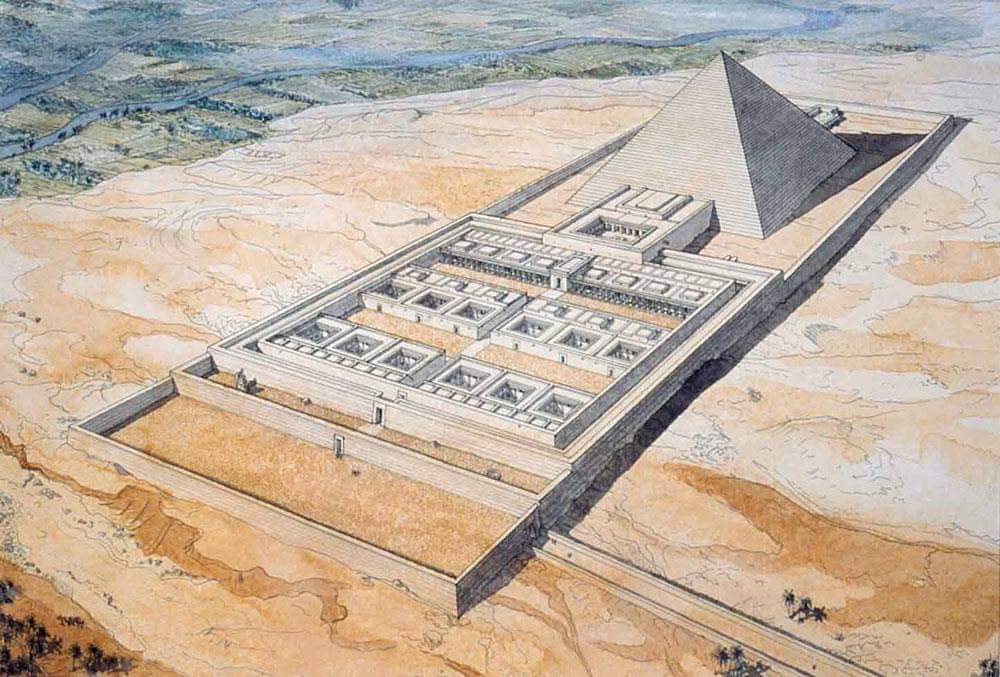
The Great Labyrinth of Ancient Egypt
The Great Labyrinth of Ancient Egypt was a massive building, two stories tall. Inside, there were 3,000 different rooms, all incredibly connected through a winding maze of passages so complex that nobody could find their way out without a guide. At the bottom, there was an underground level that served as a tomb for kings, and at the top was a massive roof made out of a single gigantic stone plate.
Countless ancient writers described having seen it first-hand, but 2,500 years later, we still aren’t so sure where it is. The closest thing we’ve found to it is a massive 300-meter-wide stone plateau that some believe was once the foundation of the Lost Labyrinth. Though, the top stories of the structure have been completely lost through the ages.
To this day, nobody has ever excavated it or stepped inside. Until somebody makes it into the Labyrinth, we won’t know for sure whether we’ve really found Egypt’s one of the greatest archaeological wonders.
The secret revealed by Herodotus
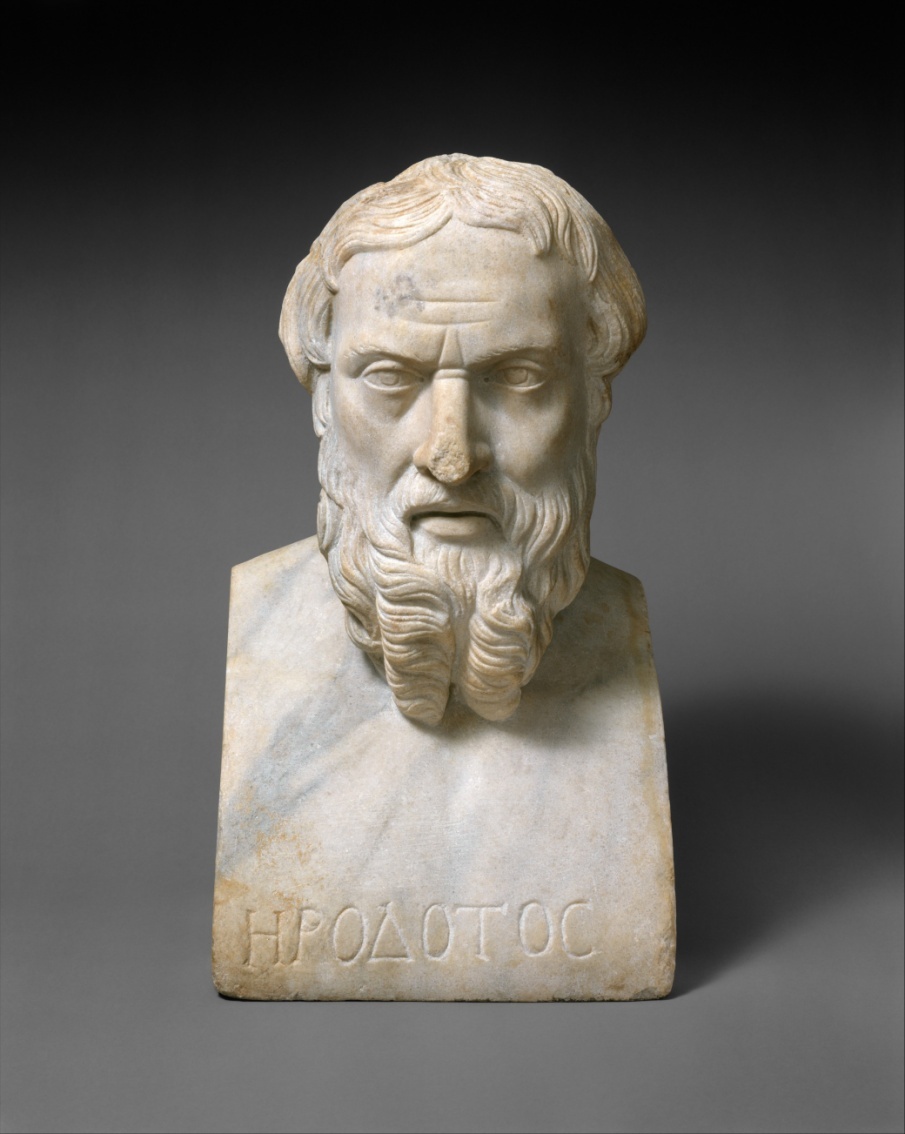
To Herodotus, as to many Greeks, Egypt was a land which never ceased to astound and inspire admiration. It was a land of strange customs, strange plants and animals as well as eccentric geography but, above all perhaps, it was a land of prodigious architectural achievements.
Herodotus witnessed first-hand many Egyptian wonders including the lost Labyrinth and described them precisely. In the second book of his ‘History’, Herodotus wrote of the Labyrinth in the 5th-century BC:
“This I have actually seen, a work beyond words. For if anyone put together the buildings of the Greeks and display of their labours, they would seem lesser in both effort and expense to this labyrinth… Even the pyramids are beyond words, and each was equal to many and mighty works of the Greeks. Yet the labyrinth surpasses even the pyramids.
It has twelve covered courts ― six in a row facing north, six south ― the gates of the one range exactly fronting the gates of the other. Inside, the building is of two storeys and contains three thousand rooms, of which half are underground, and the other half directly above them.
I was taken through the rooms in the upper storey, so what I shall say of them is from my own observation, but the underground ones I can speak of only from the report, because the Egyptians in charge refused to let me see them, as they contain the tombs of the kings who built the labyrinth, and also the tombs of the sacred crocodiles.
The upper rooms, on the contrary, I did actually see, and it is hard to believe that they are the work of men; the baffling and intricate passages from room to room and from court to court were an endless wonder to me, as we passed from a courtyard into rooms, from rooms into galleries, from galleries into more rooms and thence into yet more courtyards.
The roof of every chamber, courtyard, and the gallery is like the walls of stone. The walls are covered with carved figures, and each court is exquisitely built of white marble and surrounded by a colonnade.”
For a long time, the true location of the Great Labyrinth remained unknown. Since Herodotus visited the ‘legendary’ Labyrinth of Egypt nearly 2500 years ago, the building disappeared in the mists of time.
Professor Flinders Petrie’s discovery
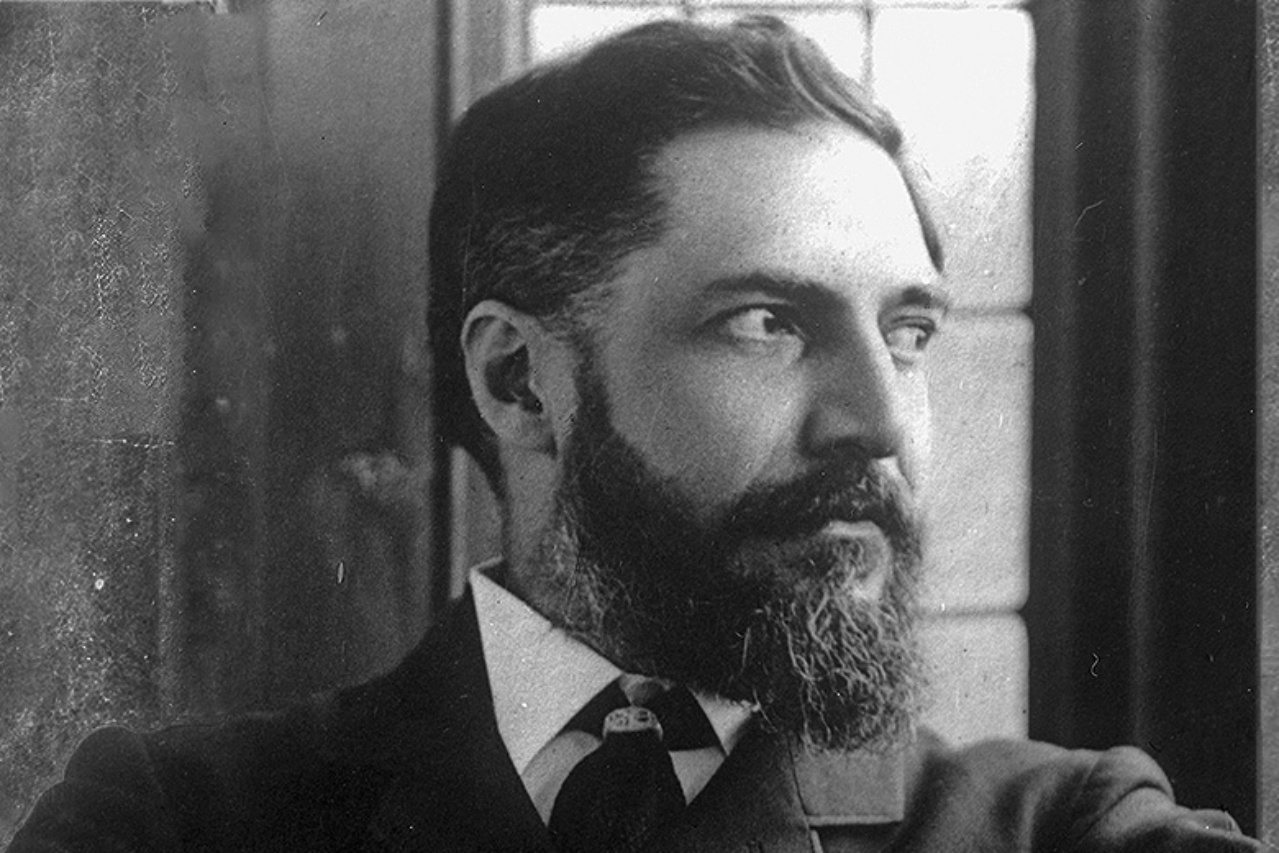
In 1888, Professor Flinders Petrie perhaps located the actual site of the Egyptian Labyrinth at Hawara. Sufficient of the original foundations remained to enable the size and orientation of the building to be roughly determined. The Labyrinth was about 304 meters long and 244 meters wide. In other words, it was large enough to hold the great temples of Karnak and Luxor!
Hawara: The pyramid of Pharaoh Amenemhat III
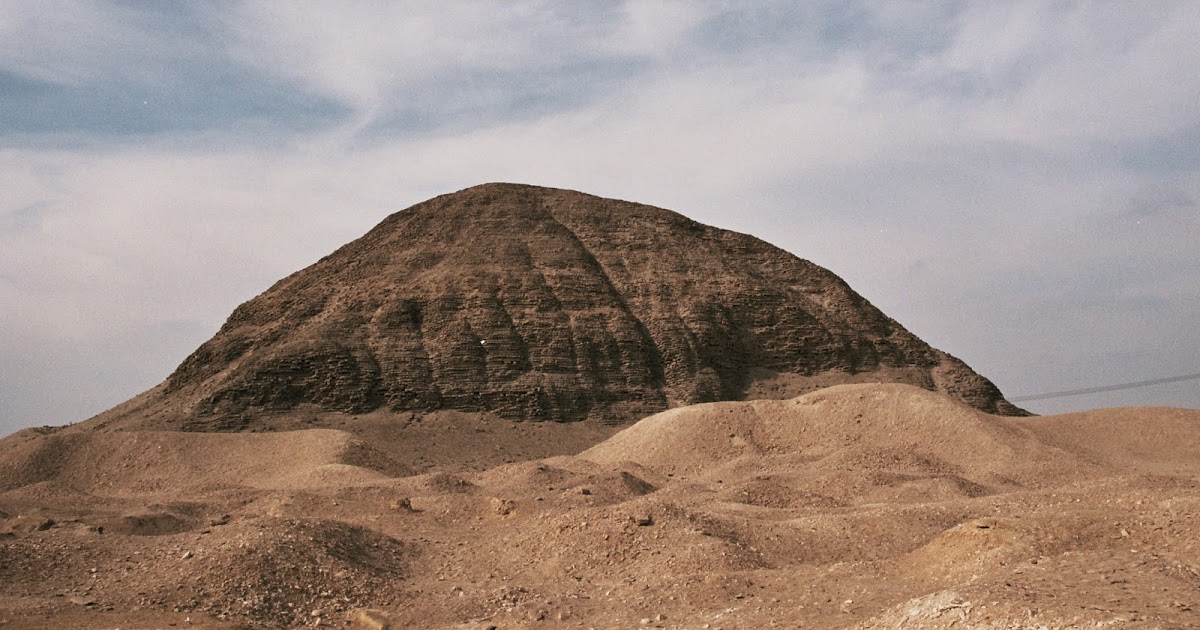
Amenemhat III was the last powerful ruler of the 12th Dynasty, and the pyramid he built at Hawara, in the 19th century BC, is believed to post-date the so-called “Black Pyramid” built by the same ruler at Dahshur. This is believed to have been Amenemhet’s final resting place. At Hawara there was also the intact (pyramid) tomb of Neferu-Ptah, daughter of Amenemhet III. This tomb was found about 2 km south of the king’s pyramid.
The huge mortuary temple that originally stood adjacent to this pyramid is believed to have formed the basis of the complex of buildings with galleries and courtyards called a “labyrinth” by Herodotus, and mentioned by Strabo and Diodorus Siculus.
Dahshur: The Black Pyramid & the Pyramidion
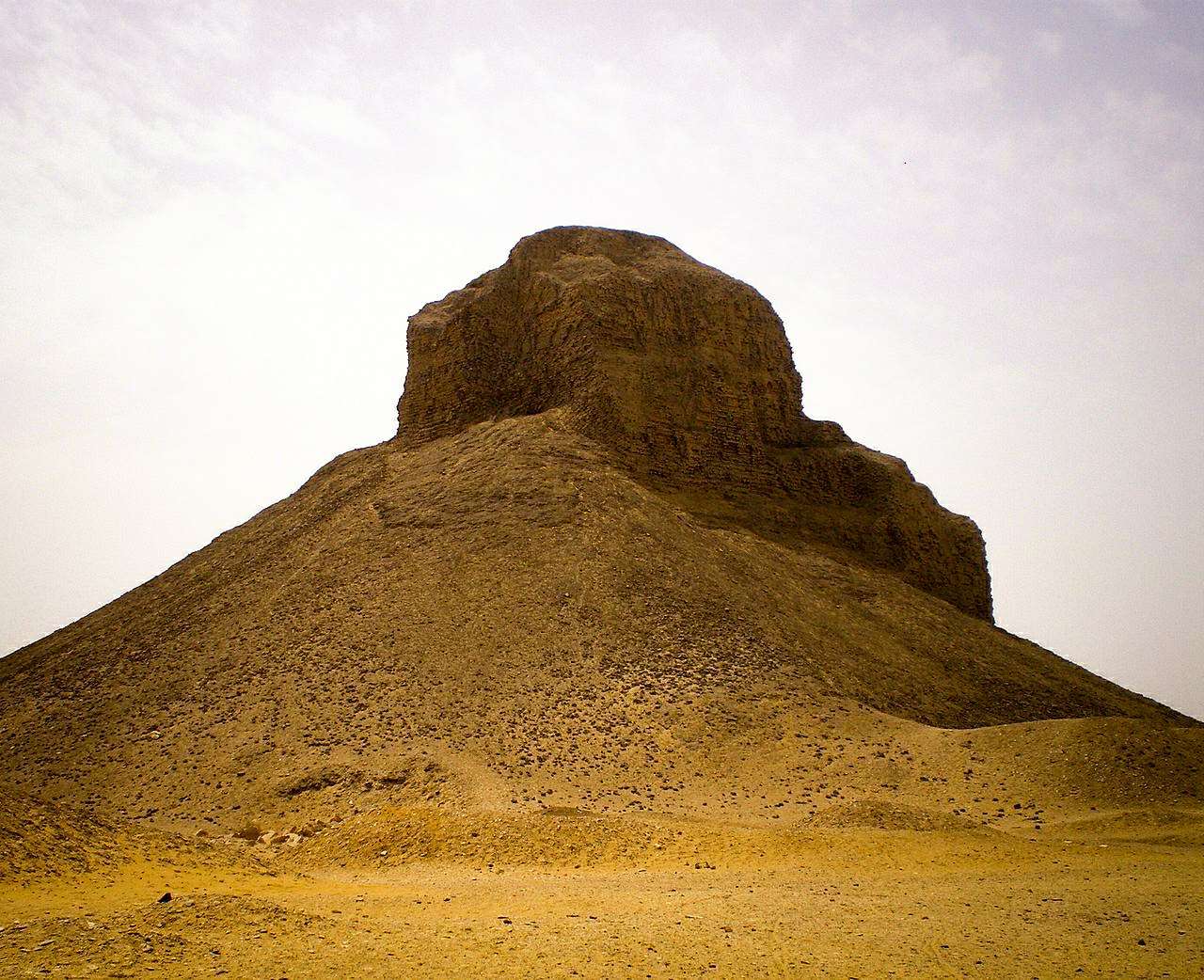
The Black Pyramid was built by King Amenemhat III (1860-1814 BC) during the Middle Kingdom of Egypt (2055–1650 BC). It is one of the five remaining pyramids of the original eleven pyramids at Dahshur in Egypt. Originally named “Amenemhet is Mighty,” the pyramid earned the name “Black Pyramid” for its dark, decaying appearance as a rubble mound.
While the oldest known pyramid in Egypt was built around 2630 BC at Saqqara, for the third dynasty’s King Djoser, the Black Pyramid was the first in Egypt to house both the deceased pharaoh and his queens. However, Pharaoh Amenemhat III was not buried here. He was buried at Hawara pyramid, the legendary Labyrinth originally stood adjacent to this which.
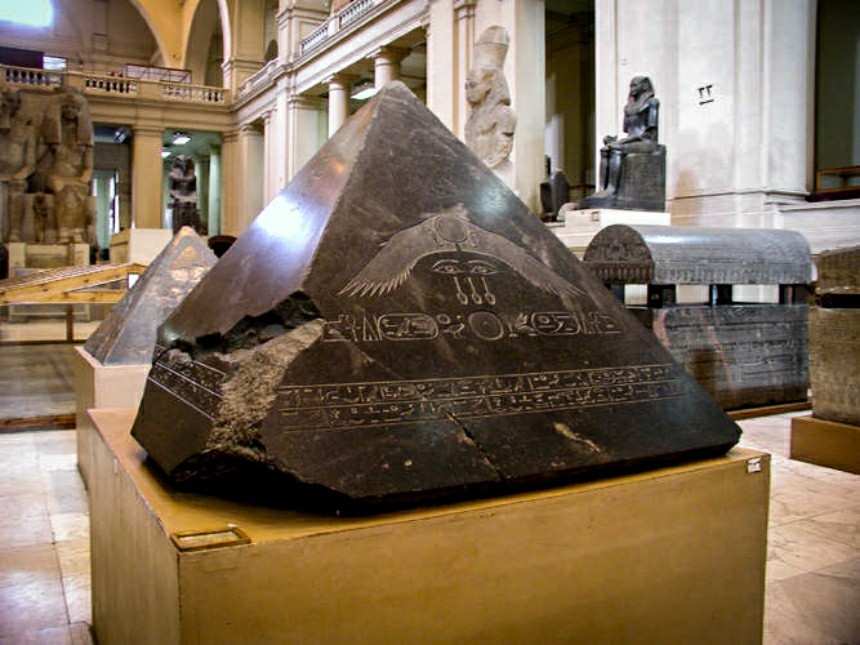
The pyramidion, which is the capstone of a pyramid or obelisk, was covered with inscriptions and religious symbols. Some of these were scratched off, leading researchers to conclude the pyramidion was never used or it was defaced during Akhenaten’s rule.
Pyramidion, which is the top stone of a pyramid or obelisk, is also called the Benben stone. In the creation myth of the Heliopolitan form of ancient Egyptian religion, Benben was the mound that arose from the primordial waters Nu upon which the creator deity Atum settled.
The original Benben stone, named after the mound, was a sacred stone in the temple of Ra at Heliopolis. It was the location on which the first rays of the sun fell. It is thought to have been the prototype for later obelisks and the capstones of the great pyramids were based on its design.
The bird deity Bennu, which was probably the inspiration for the immortal bird Phoenix, was venerated at Heliopolis, where it was said to be living on the Benben stone or on the holy willow tree. Many Benben stones, often carved with images and inscriptions, are found in museums around the world, and the pyramidion of the “Black Pyramid” is one of them.
Lost Egyptian Labyrinth – new findings

With no visible remains, the story of the Great Egyptian Labyrinth was thought to simply be a legend passed down by generations until Egyptologist Flinders Petrie uncovered its “foundations” in the late 1880s, leading experts to theories the labyrinth was demolished under the reign of Ptolemy II, and used to build the nearby city of Shedyt to honour his wife Arsinoe.
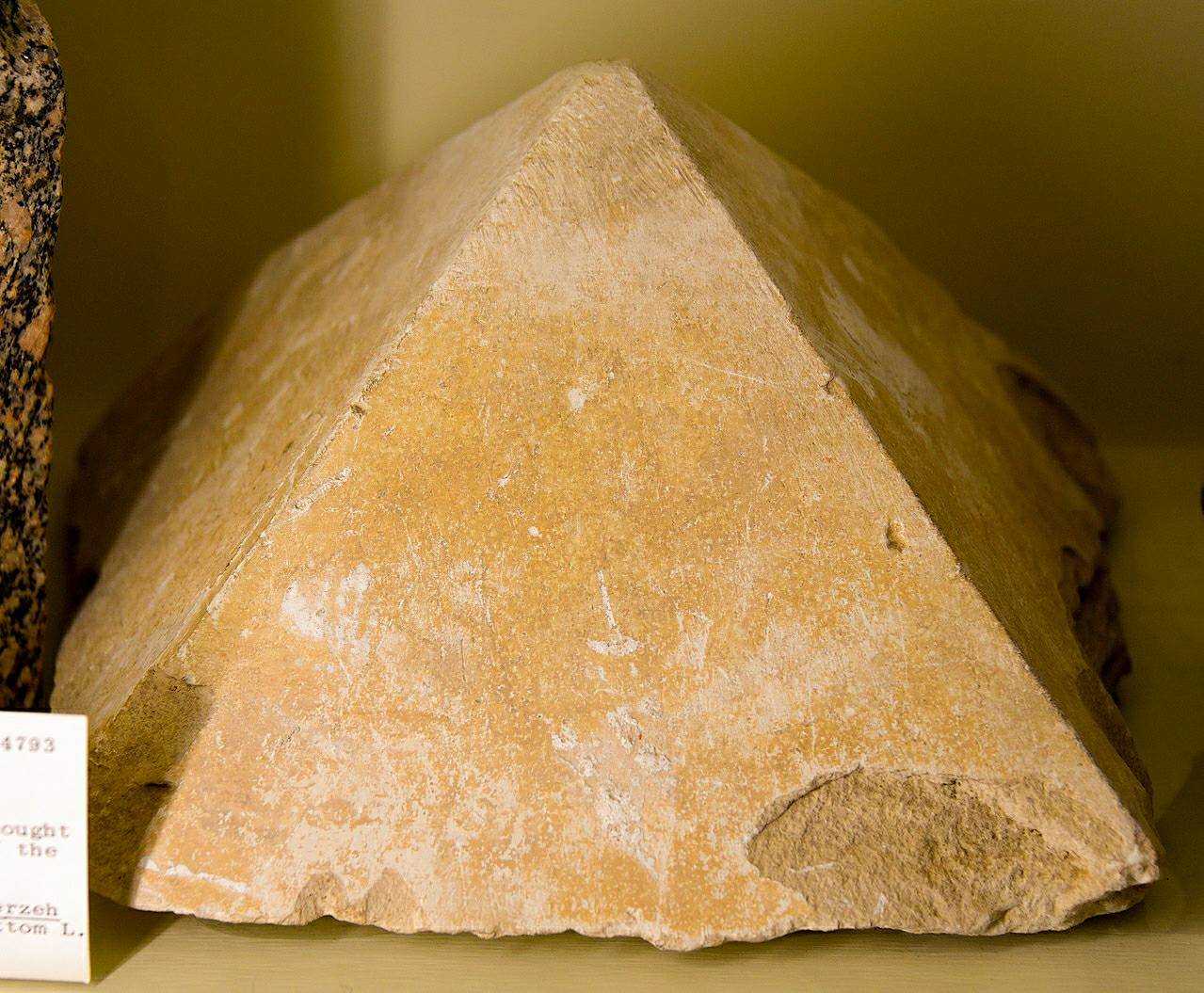
But, in 2008, archaeologists working on the Mataha Expedition made a stunning find below the sands. When they scanned parts of the base area at Hawara they found a strong suggestion of complex chambers and walls several metres thick beneath the surface to a considerable depth.

The findings of the research team confirmed that there were archeological features to the south of the Hawara pyramid of Amenemhat III. The scannings showed vertical walls of an average thickness of several meters, which were connected to form quite a number of closed rooms.
Conclusion
The Great Labyrinth of Ancient Egypt was visited and witnessed first-hand by the great historians of millennia past, yet ultimately, was lost to the sands of the desert and its physical presence remained unknown for more than 2,500 years.
In this 21st-century, we have uncovered ruins that underneath, there appears to an underground Labyrinth just like the one ancient writers described. But is it the actual Great Labyrinth of Ancient Egypt or not is still shrouded in an enigmatic historical mystery.




